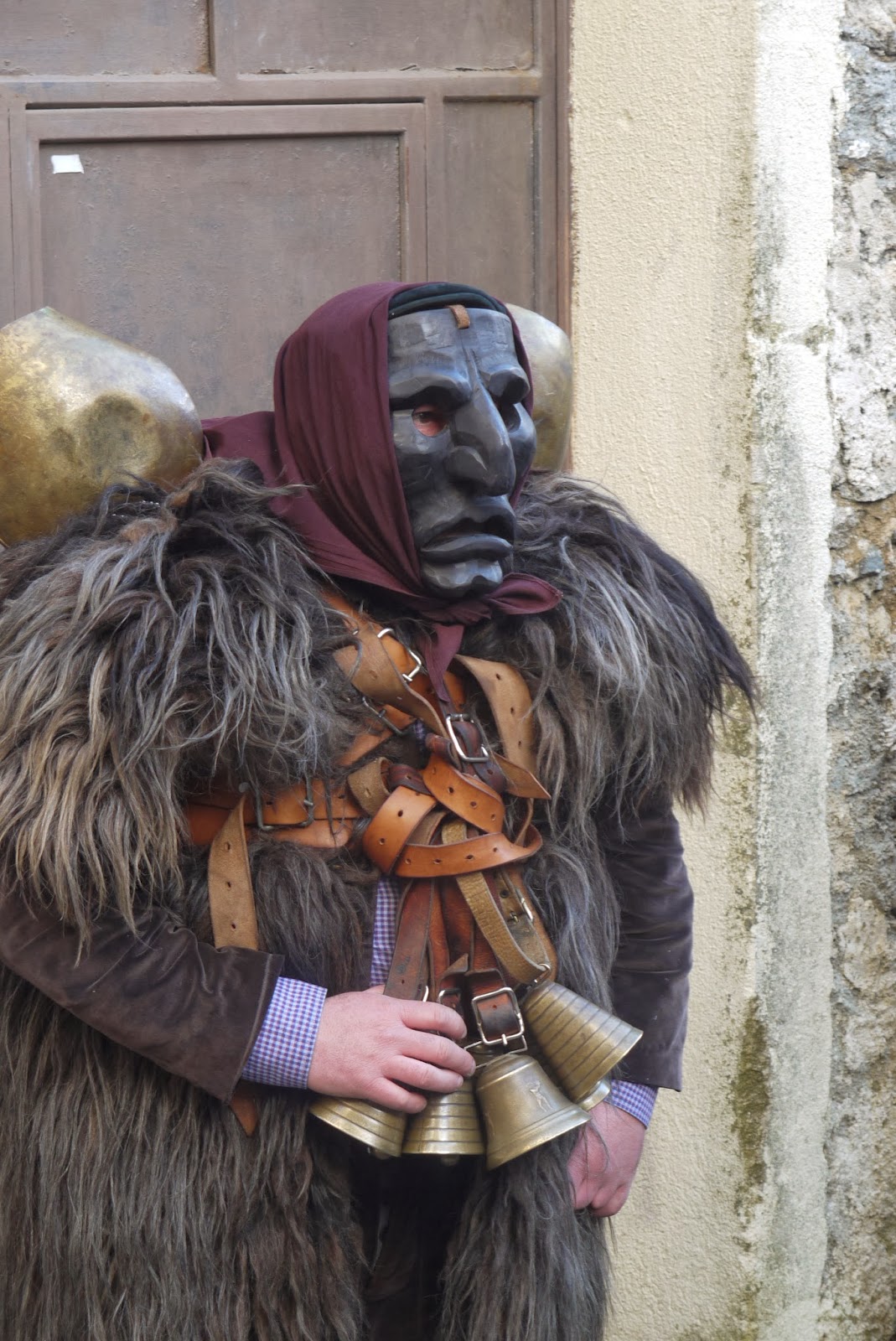 |
| The Festival of Sant'Efisio in Pula |
The festival of Sant'Efisio, celebrated in early May every year is one of the most important dates in the Sardinian calendar. Visitors to the island have long loved the excuse to photograph the locals dressed in the stunning traditional costumes, hear Sardinian folk music and marvel at the bright colors, flower-strewn streets and festive atmosphere, but few really understand the origins of the festival.
 |
| Traditional dress at the Sagra di Sant'Efisio |
On revealing his conversion to Dioclesian, he was accused of being a traitor to the Roman empire and subsequently imprisoned, tortured and finally martyred on the beach at Nora on the 15th of January 303AD.
 A church was built in his honor in the eleventh century, and still stands to this day. It's a stunning location, right on the beach at Nora, and legend claims that it is on the exact spot on which Efisio was decapitated. In Cagliari, Sardinia's capital city, there are both a church and a crypt bearing his name. According to legend, the crypt is where Efisio was imprisoned before being transported to Nora to be put to death. It's open to the public now, and guides will point out the column to which he was supposedly shackled. There's evidence that the site has been used for worship since the 5th century, although recent history has seen it used as both an air-raid shelter and rubbish dump.
A church was built in his honor in the eleventh century, and still stands to this day. It's a stunning location, right on the beach at Nora, and legend claims that it is on the exact spot on which Efisio was decapitated. In Cagliari, Sardinia's capital city, there are both a church and a crypt bearing his name. According to legend, the crypt is where Efisio was imprisoned before being transported to Nora to be put to death. It's open to the public now, and guides will point out the column to which he was supposedly shackled. There's evidence that the site has been used for worship since the 5th century, although recent history has seen it used as both an air-raid shelter and rubbish dump. |
| Horsemen escorting the saint's image to Nora |
In 1655, Sant'Efisio was said to have saved Cagliari from a particularly violent outbreak of the plague, which lead to the decision to honor him by giving him his own festival (the Sagra di Sant'Efisio) every May.
 |
| Sardinians of all ages take part |
Although the festival has been celebrated in Sardinia for hundreds of years, Sant'Efisio's remains have, until recently been kept in Pisa. The 12th of May 2011 finally saw their return to Cagliari
If you would like to view this year's processions for yourself, there's still plenty of time to book one of our self-catering villas in the Pula or Cagliari area for a front-row view of this fascinating insight into Sardinian culture
Or you can visit our Facebook page for a whole album of photographs of the Sant'Efisio festival
Or you can visit our Facebook page for a whole album of photographs of the Sant'Efisio festival





















